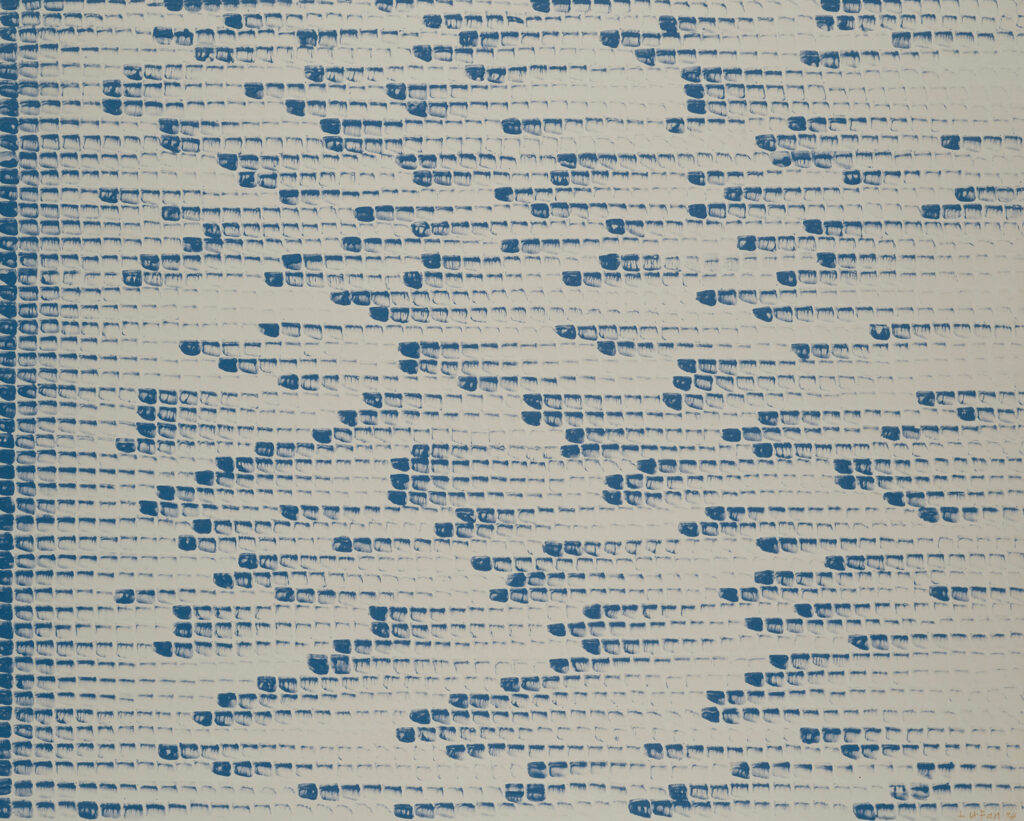
At the late 1960s some artists started to make art with natural materials like stones, wood, and earth or industrial materials like steel plates, glass, and paper, leaving the materials unchanged. He wrote and provided theoretical support for this artistic movement known as the Mono-ha (School of Things). His theories were critical of Western thinking based on the central position of human beings in the world and an opposition between human beings and the world. He undertook the mission of making art that goes beyond the ordinary boundaries of art, accepting and revealing the conditions of the world just as they are.
Lee's work was not created from nothing. It was made of already existing stones and steel plates. It explored the relationship between these things, between the things and the place, and between the things and the viewer. In painting, Lee saw the canvas as field. He started by making clear brushworks that leave traces of physicality (gesture) in "From Point" and "From Line", culminating in the "Correspondences", which make effective use of resonant empty space.
Lee's ideas were based on Western philosophy but also influenced by the Japanese philosopher,NISHIDA Kitaro, and the cultural situation of Japan.
- Collection of
- Museum of Contemporary Art Tokyo
- Title
- From Point
- Artist Name
- LEE Ufan
- Year
- 1974
- Category
- Painting&Print
- Material / Technique
- Mineral pigment on canvas
- Acquisition date
- 1979
- Accession number
- 1975-00-0558-000
- MOT Collection Search
- https://mot-collection-search.jp/shiryo/586/
Other items of Museum of Contemporary Art Tokyo (8082)
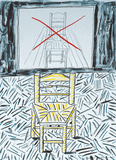
The Perspective Lesson
HOCKNEY, David
Museum of Contemporary Art Tokyo
![作品画像:浅草仲見世[『新東京百景』より]](https://museumcollection.tokyo/wp-content/uploads/2025/09/19815-1024x755.jpg)
Asakusa-Nakamise [from "A Hundred Views of New Tokyo"]
HIRATSUKA Un'ichi
Museum of Contemporary Art Tokyo
![作品画像:[人々、戦車、天翔る馬]](https://museumcollection.tokyo/wp-content/uploads/2025/09/17911-1024x440.jpg)
[People, Tank, Soaring Horse]
ISHII Shigeo
Museum of Contemporary Art Tokyo
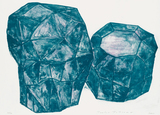
AIWIP-9
TATSUNO Toeko
Museum of Contemporary Art Tokyo
![作品画像:(4)[『卵』より]](https://museumcollection.tokyo/wp-content/uploads/2022/08/16926.jpg)
(4) [from "Egg"]
HIWASAKI Takao
Museum of Contemporary Art Tokyo
![作品画像:モダーン浴場(修善寺温泉にて)[裏:伊豆温泉]](https://museumcollection.tokyo/wp-content/uploads/2025/09/17971.jpg)
Modern Bath (At Shuzenji Hot Spring) [verso: Izu Spring]
IKEBE Hitoshi
Museum of Contemporary Art Tokyo
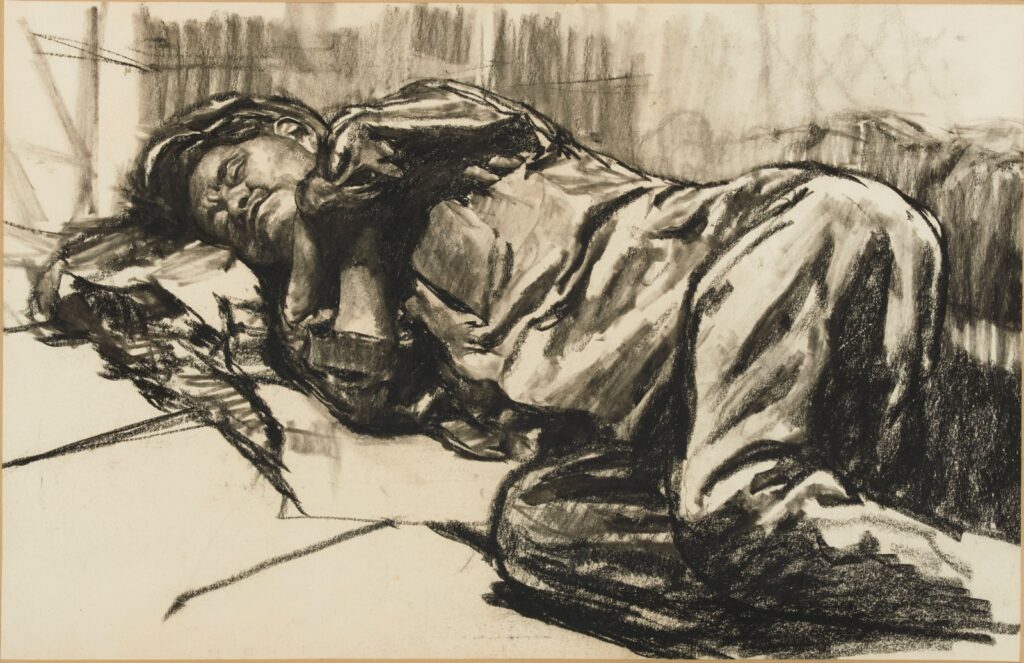
A Sleep in the Underpass
SATO Teruo
Museum of Contemporary Art Tokyo
![作品画像:テーブル スカルプチャー[《御物補遺 BRONZE VERSION》より]](https://museumcollection.tokyo/wp-content/uploads/2022/08/15817.jpg)
Monument on the Table [from "Object Supplements BRONZE VERSION"]
OKAZAKI Kazuo
Museum of Contemporary Art Tokyo

Double Tie Up - Green
IDA Shoichi
Museum of Contemporary Art Tokyo

Fragments from the Working Notes for the "Softly Reductives Ⅰ" (B-3)
NAKANISHI Natsuyuki
Museum of Contemporary Art Tokyo
![作品画像:本郷元町公園[『新東京百景』より]](https://museumcollection.tokyo/wp-content/uploads/2025/09/20046-787x1024.jpg)
Park in Hongo-Motomachi [from "A Hundred Views of New Tokyo"]
HENMI Takashi
Museum of Contemporary Art Tokyo
![作品画像:[不詳]](https://museumcollection.tokyo/wp-content/uploads/2022/08/19909.jpg)
[Title Unknown]
FUKUSHIMA Hideko
Museum of Contemporary Art Tokyo
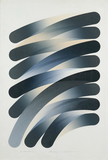
STROKES 79-21
HARA Takeshi
Museum of Contemporary Art Tokyo

Works of Matsuzawa Yutaka, an Album
MATSUZAWA Yutaka
Museum of Contemporary Art Tokyo

Lord of the Flies
FUKUDA Naoyo
Museum of Contemporary Art Tokyo
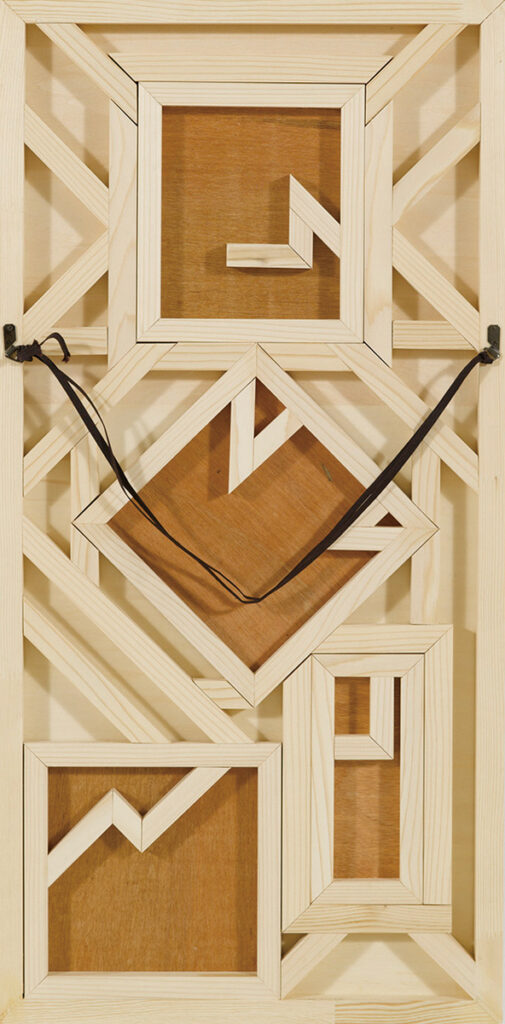
Panel #29
TOYOSHIMA Yasuko
Museum of Contemporary Art Tokyo

